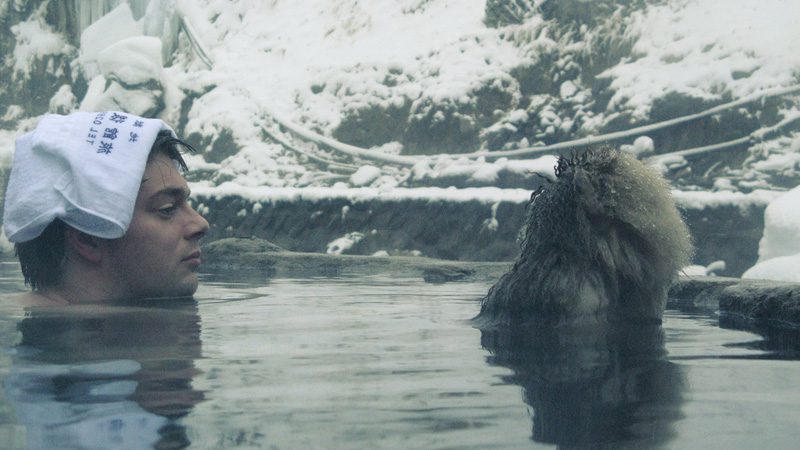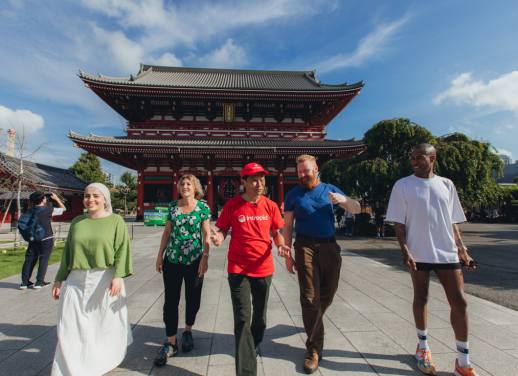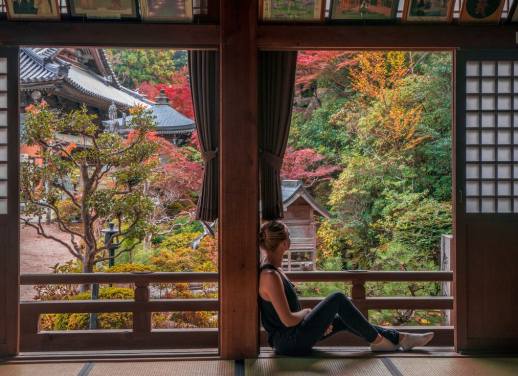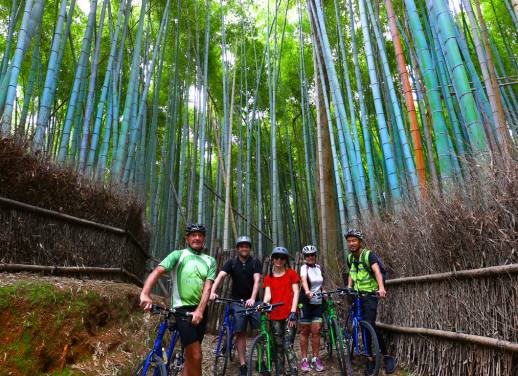Okay, I’ll admit it, I was nervous about using a Japanese onsen. I’m not a big nudist. In fact I think the best time to be nude is when you have a lot of clothes on, and maybe a coat.
So to strip off and bathe in front of a bunch of old Japanese dudes, not to mention a few of my fellow travellers with whom I shared miso soup earlier and would have to make small talk with for the next 10 days, filled me with the sort of apprehension that weirdly manifests in hearty bravado (ie. lies).
“The Onsen? Oh yeah I’ve been three times. It was great! You didn’t see me? Oh. You must have gone in afterwards. Man, how good were those…traditional Japanese baths, am I right?”
An onsen, for anyone who doesn’t know, is a traditional Japanese bathhouse where you sit in piping hot water and cleanse from the outside in. So to save you the awkwardness and prepare you for what you will find lurking in the steam, I’ve prepared this guide. Let’s get it onsen.
Enjoy a traditional onsen experience on an Intrepid trip to Japan!
1. You will be naked. So will everyone else
It may seem self explanatory, but there were a number of people on our trip, myself included to be frank, that expected to be allowed in wearing bathers. “Nope”, we were told by our guides Sylvia, “You go in as you came into this world”. To clarify, that means naked, not screaming.
I’ve heard that some onsens won’t admit people with visible tattoos (why bother with the ‘visible’?) but all I can say is that in the monastery in Koya San that didn’t seem to be a problem. The 60 year-old Japanese man gave my ill-considered ink no more than a friendly, if uncomprehending, smile. Did I mention you’ll be naked? Let’s move on.
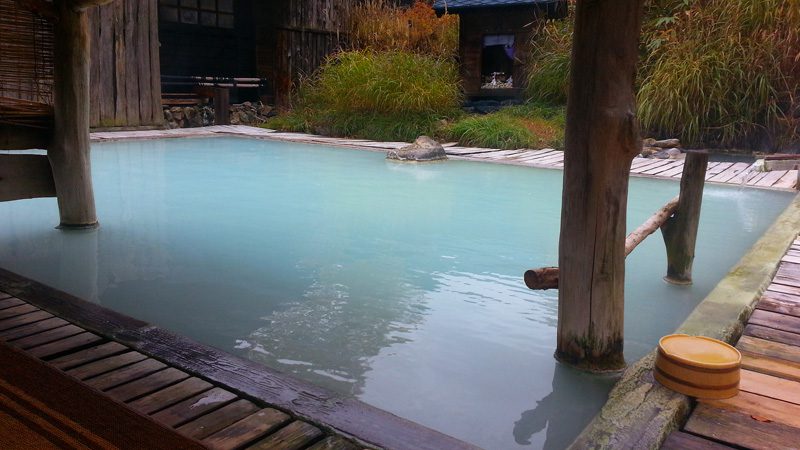
An outdoors onsen. Image Isriya Paireepairit, Flickr
2. What to do with your clothes
Most onsens are divided into two sections, three if you count the showers. There’s the changing room and the steam/bathroom. You enter the change room and leave your clothes, shoes, wallet and watch and whatever else in a small basket, which sits on a shelf. Leave your big towel out here; all you need in the bathroom is the small wash towel, which sits on your head.
I never worked out the point of the wash towel, as it would take a Titanic-size ice cube to cool down your head in there. For clothing, I’d recommend something simple, like a robe. You don’t want to be hopping around undoing belts and things at this point.
READ MORE: A LOCAL’S GUIDE TO VISITING JAPAN ON A BUDGET
3. Washing before the washing
It’s considered very bad form to simply hop into the bath (cannonballing is even worse). You’ll notice off to the side a row of miniature stools, each with a shower head and a bar of soap next to it. The idea is to sit uncomfortably on these stools and wash yourself thoroughly before getting in the bath. And I mean thoroughly. I saw a Japanese man wash himself the same way hippos are washed at the zoo. But it fits with the meticulous and conscientious nature of Japanese society.
Like anthropologist Scott Clark said, “to take a bath in Japan with an understanding of the event is to experience something Japanese. It is to immerse oneself in culture as well as water.”
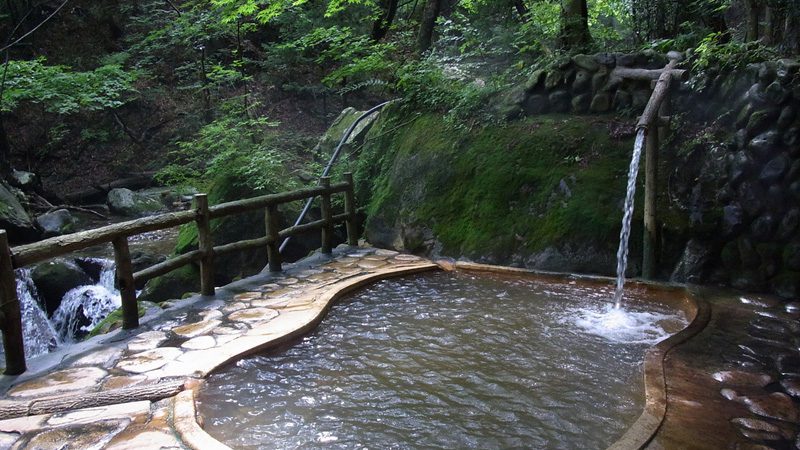
‘Bath’ doesn’t really do it justice, does it? Image naitokz, Flickr
4. Soak it all in
The best part. There’s something freeing and joyous about sloshing around wearing nothing at all. In earlier times, women and men bathed together, but single sex onsens have been the norm since Japan opened its doors (and tubs) to the Western world during the Meiji Restoration. The water itself feels amazing. It’s usually at least 40 degrees or hotter, sourced from geothermal springs, and must contain (by law) at least one of 19 designated chemical elements like iron or sulphur.
A few old Japanese guys waved at me, smiled and said something I didn’t understand. I waved awkwardly back, the international symbol for “I hope what you said wasn’t an insult but I have no way of knowing for sure.”
SUBSCRIBE TO INTREPID’S NEWSLETTER FOR STORIES, COMPETITIONS, GIVEAWAYS & MORE
5. Time to go
You’ll figure out pretty quickly that the onsen isn’t really something you can do for hours. The water is just too hot. Stay more than 30 minutes and you’ll come out looking like a boiled lobster. When you want to leave, nod politely to the old Japanese guys, hop out and scurry back to the change room.
I have to admit, after I’d done it once, the onsen lost its anxious edge. Nobody cared about nakedness in there. Those Japanese guys couldn’t have been less self-conscious, and their attitude kind of rubbed off. I won’t say the experience has transformed me into a proud nudist, but I did leave more comfortable in my own skin. Bring on bath time.
Ready to brave the onsen yourself? You’ll need one of our Japan small group adventures.
—
Feature image c/o spDuchamp

